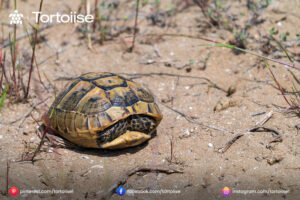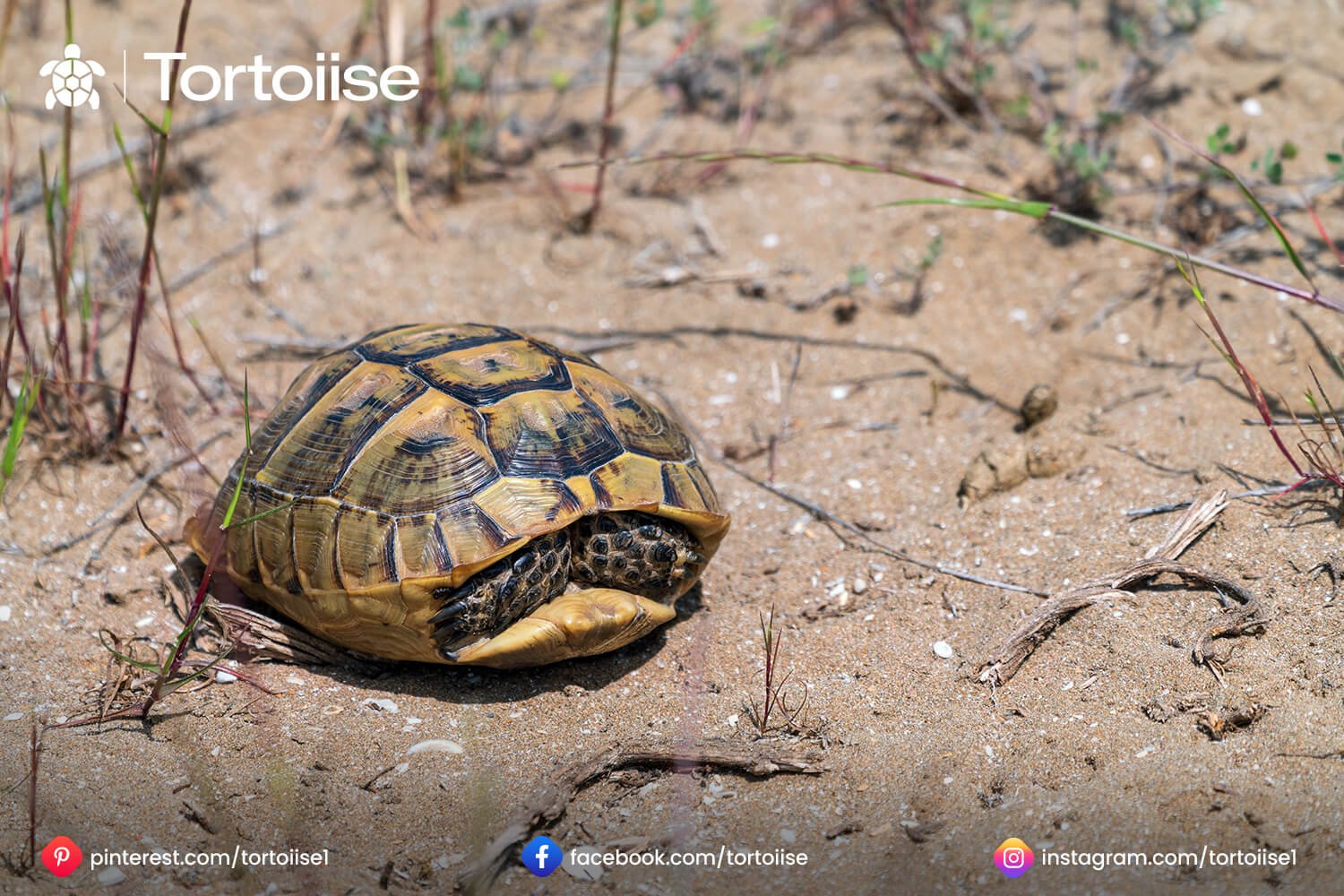How to find a lost Tortoise
Instructions to Track Down a Lost Tortoise
A Definite Aide Losing a tortoise can be an upsetting and profound experience. Tortoises are known for their sluggish, purposeful developments; however, they are shockingly great at vanishing, even in secure conditions. Whether your tortoise has gotten away from its walled-in area or strayed during outside time, this exhaustive aide will assist you with finding your lost pet and forestall future breaks.

Grasping Tortoise Conduct To successfully look for a lost tortoise, understanding its regular way of behaving and tendencies is fundamental.
Impulses and Inclinations
Turtles are normally disposed to look for cover when they feel undermined or muddled. They might tunnel, conceal under articles, or look for concealed spots. Understanding your tortoise’s inclinations, for example, its concealing spots or landscape, can assist you with reducing possible areas.
Action Examples
Season of Day
Tortoises are generally dynamic during the early morning and late evening, particularly in warm climates. During the most sweltering parts of the day, they frequently retreat to cool, concealed regions.
Atmospheric conditions
In cooler climates, tortoises will look for warm, bright spots. After a downpour, they might branch out to lounge or scrounge.
Development Capacities
Notwithstanding their sluggish standing, tortoises can cover amazing distances. They favor open ways, staying away from thick vegetation or steep slopes. Remember this as you plan your inquiry.
Lead a Careful Starting Pursuit
Begin by completely looking through the region where your tortoise was most recently seen. Be deliberate and focus on little subtleties.
Review Probably Concealing Spots
Take a look at the furnishings, shrubs, logs, and shakes.
Peer inside garden sheds, carports, and other open-air structures.
Look at any free soil or leaf heaps for indications of tunneling.
Search Low and Use Instruments
Tortoises are ground occupants and may tunnel or conceal themselves in low-lying regions. Utilize a spotlight to really take a look at dim or concealed spots, any event, during light hours. A rake or stick can assist you with delicately filtering through thick foliage.

Grow Your Inquiry Region
On the off chance that your underlying inquiry doesn’t yield results, grow your endeavors deliberately.
Measure a Border
Begin by looking through the inside of a 100-foot range of the latest area. Continuously expand your inquiry outward, covering all potential concealing spots.
Follow Landscape Elements
Look along easy ways out, like level regions, open ground, or trails.
Check for regions with predictable temperatures, such as concealed corners, radiant fixes, or warm surfaces like shakes or walls.
Consider the Time Variable
Tortoises move gradually, however tenaciously. A tortoise lost for a few hours might have voyaged farther than anticipated, so change your hunt region in like manner.
Use Draws and Motivations
In the event that your lost tortoise stays slippery, take a stab at tricking it back utilizing its faculties and propensities.
Food as a Trap for a Lost Tortoise
Place your tortoise number one food varieties—like mixed greens, natural products, or vegetables—in shallow dishes around the hunt region. Check these spots as often as possible.
Recognizable Fragrances
Spread out things with a fragrance recognizable to your tortoise, for example, substrate from its nook or a piece of fabric it frequently communicates with.
Make Perceptible Signals
Tortoise might answer natural sounds, such as tapping on their food dish, stirring plastic sacks, or different commotions they partner with taking care of time.
Enroll Help and Use Assets
Make it a point to seek help and influence accessible assets.
Local area Help
Inform neighbors and request that they really look at their yards, gardens, and carports.
Post flyers in your neighborhood with clear photographs and portrayals of your tortoise.
Share data on neighborhood web-based entertainment gatherings, discussions, or stages like Nextdoor.
Proficient Help
Contact nearby creature sanctuaries, veterinarians, and pet stores. They might have gotten reports of tracked-down tortoise or can give guidance.
Movement Enacted Cameras
Set up cameras in regions where your tortoise could meander.
GPS Trackers
On the off chance that your tortoise is found and returned, think about putting resources into a lightweight GPS tracker for future outdoor experiences.
Ingenuity and Persistence
Looking for a lost tortoise can take time. Here are a few hints to keep on track:
Search Routinely
Direct inquiries at various seasons of day, particularly during periods when your turtle is probably going to be active.
Mark Progress
Utilize a guide or matrix to follow regions you’ve looked at and guarantee no spot is neglected.
Remain Alert
Tune in for hints of development, for example, stirring leaves or weak scratching commotions.
Forestalling Future Departures
When your tortoise is found, it’s fundamental to do whatever it may take to forestall future breaks.
Secure the fenced-in area.
Guarantee that your tortoise environment is escape-verification. Fix any holes, free boards, or flimsy spots.
Use hindrances like chicken wire or covered fencing to forestall digging under walls.
Regulate Open Airtime
Continuously watch out for your tortoise during open-air exercises. Utilize a brief nook or playpen for added security.
Microchipping and Distinguishing Proof
Consider microchipping your tortoise or attaching a little, lightweight ID tag to its shell with your contact data.

Last Contemplations
The quest for a became upset, tireless, and a strong comprehension of its way of behaving. By consolidating a methodical pursuit procedure with local area backing and protection measures, you can boost your possibilities of recuperating your pet and guaranteeing its wellbeing later on. Keep in mind, the way to progress lies in perseverance and readiness. Your turtle relies upon you to securely bring them back home.
